PRODUCTS
CONTACT US
Ningbo Nide International Co., Ltd.
一一
· Contact person:Jack Zeng
· Mob/Whatspp/WeChat:0086-13738869026
· Email:emarketing@nide-group.com;marketing4@nide-group.com
· Add:No. 169, Wohushan Road, Daqi Subdistrict, Beilun District, Ningbo, China

Nide team could manufacture ball bearing as per customer’s drawing and samples.
If customer only has samples, we could also design drawing fo r our customer.
We also provide customized service.
Our ball bearing is widely applied the different industrials.
Haishu Nide International Co., Ltd is a leading bearing manufacturing and trading company committed to providing high-quality and reliable bearing products and excellent services to global customers. Product scope: We offer ball bearing,insulation paper,thermal protector,carbon brush,magnet,shaft,fan, etc. We also offer customized bearing solutions to meet specific customer requirements and applications. Quality control: We attach great importance to product quality, adhere to international standards and strict quality control processes. Our production facilities are equipped with the most advanced equipment and technology, and our bearings undergo strict testing and inspection to ensure they meet the highest quality standards.
We have obtained ISO9001 certification to ensure consistent quality throughout the entire product line. We strive to ship on time and flexibly process orders to ensure a seamless experience for our esteemed customers. As an international trading company, we cater to global customers. Our products are exported to various countries and regions, and we have established strong partnerships with reliable international logistics companies.
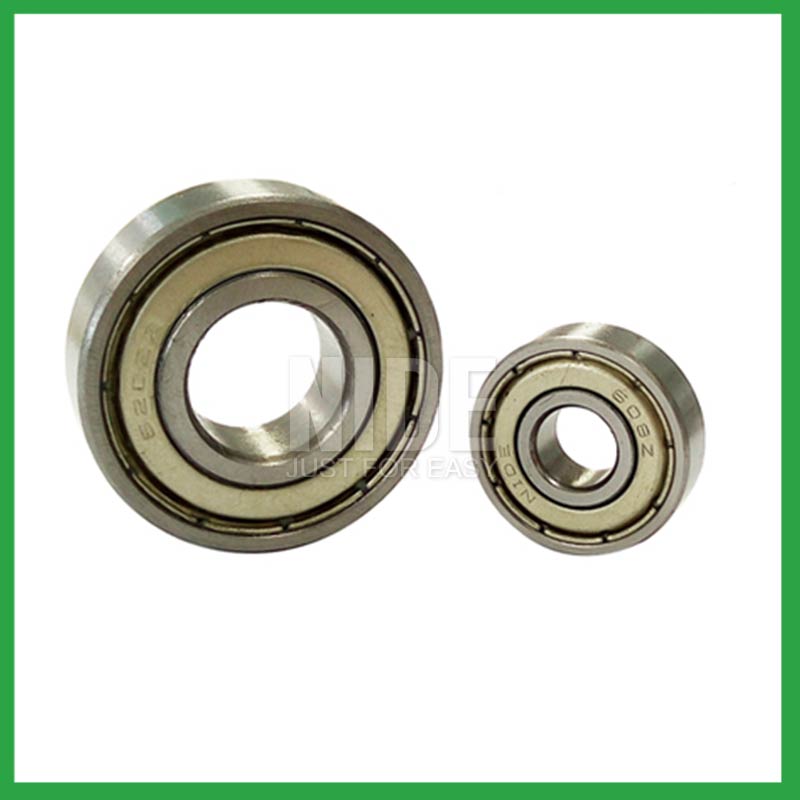
| Parameter | Information |
| Product Name | bushing ball bearing |
| Place of Origin | Ningbo,China |
| Brand Name | Nide |
| Material | ceramics, etc. |
| Type | Ball |
| Warranty | 3months-1year |
| Port | Ningbo/Shanghai |
| Application | fan electric motor, etc. |
| Size(mm) | customize |
| Color | white+customized |
| Precision Rating | as per customer's requirement |
| Certification | ISO 9001 Certification,ISO9001:2015 certificate,CE-stator coil winding inserting machine,etc |
| Feature | Simple structure,Strong carrying capacity...etc |
| Packaging Details | Suitable for sea transportation |
| Service | one-stop service |
| Model Number | ball bearing |
| Supply Ability | 100000-500000 Piece/Pieces per Month |
| Lead time (days) | 15-20 (To be negotiated) |
Please note: The above table data is for reference only. For specific information, please contact us.
bushing ball bearing have the advantages of durability,compactness,lightweight, and high load, and are used in main motion mechanisms and components, such as transmission shafts,motors,tires, different motion mechanisms and accessories of airplanes and motorcycles.
During the disassembly process, the outer shell should be kept intact to avoid unnecessary damage;
When replacing installation components, attention should be paid to the accuracy of the support components to prevent deformation;
During the disassembly process, attention should be paid to protecting the surface quality of the ball bearing to ensure its performance;
During the operation, attention should be paid to removing surface dust to ensure the quality of the ball bearing.
Ball bearings have many advantages, making them highly competitive in the market.
Firstly, they are very durable and have good wear performance, making their service life longer than many other types of bearings.
Secondly, they are easy to install and can provide low friction performance in various applications.
Thirdly, they require a relatively low level of maintenance, making them cost-effective.
In addition, compared to many other types of bearings, their purchase cost is relatively low, making them an economical choice.




bushing ball bearing---FAQs Guide
2.Are there hybrid bushing ball bearing that combine steel rings with ceramic balls to optimize performance in demanding applications?
3.How do cage materials and designs impact bushing ball bearing performance and stability?
4.What are the considerations for selecting sealed or shielded bushing ball bearing to protect against contamination and retain lubrication?
5.What are the after-sales services available for bushing ball bearing?
6.Are there self-aligning bushing ball bearing that accommodate misalignment and shaft deflection in rotating equipment?
7.How do preload adjustments in bushing ball bearing affect their performance and suitability for high-precision tasks?
8.How do bushing ball bearing contribute to the overall efficiency and energy savings in industrial machinery and transportation systems?
9.Are there ongoing research and development efforts aimed at improving bushing ball bearing materials, designs, and lubrication techniques?
10.About bushing ball bearing,Will you check the products before shipment?
11.What is a ball bearing?
12.How do different bushing ball bearing designs, such as deep groove, angular contact, or thrust bearings, cater to specific applications?
13.What is the typical noise level associated with bushing ball bearing, and how are noise-reduction techniques applied?
1.Do bushing ball bearing come in various tolerance classes?
Bearing tolerances are standardized by classifying bearings into the following six classes (accuracy in tolerances becomes higher in the order described): 0, 6X, 6, 5, 4 and 2.
2.Are there hybrid bushing ball bearing that combine steel rings with ceramic balls to optimize performance in demanding applications?
Hybrid Ceramic bushing ball bearing. Ceramic ball bearings (also known as hybrid bearings) are the one component that'll easily optimize the performance of your application. Hybrid bearings have ceramic (silicon nitride, Si3N4) balls and 52100 bearing steel rings.
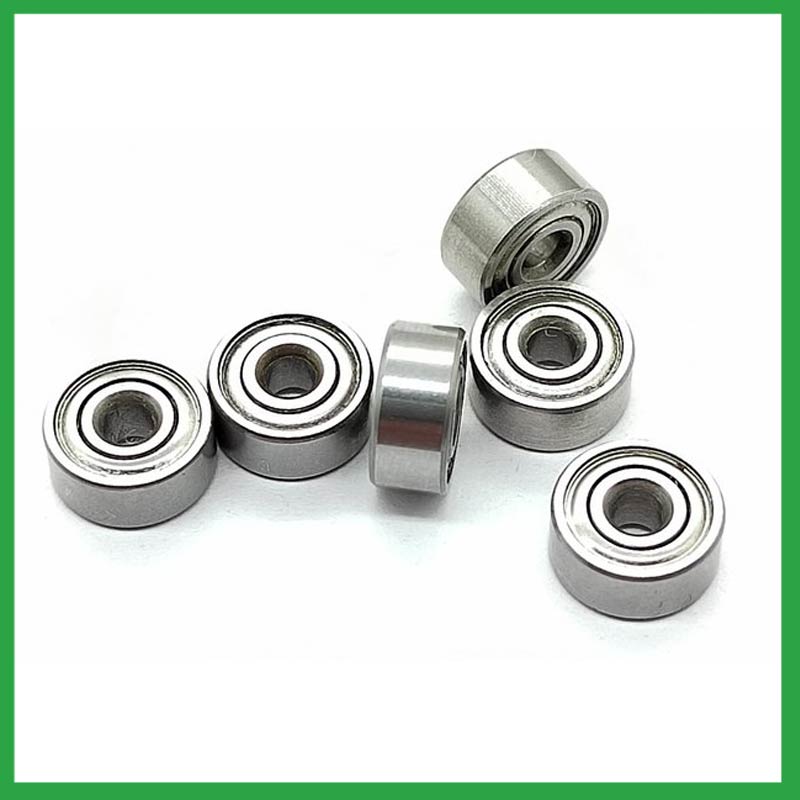
3.How do cage materials and designs impact bushing ball bearing performance and stability?
As the core component of rotating machinery, the performance and reliability of high-precision bushing ball bearing directly affect the overall performance and life of the machine and instrument . The increase of the rotational speed will aggravate the collision and friction of the cage, which will lead to the decrease of the rotational stability of the cage. The unstable movement of the cage could in turn lead to more severe collision and wear, thus reducing the life and reliability or even the destruction of the bearing.
Therefore, it is very necessary to study the cage stability to guarantee the stable operation of bearings. However, the dynamic characteristics of the cage is very complex. Parameters such as load, rotational speed and lubrication may affect its kinematic and tribological conditions, which leads to the change of its motion behavior.
4.What are the considerations for selecting sealed or shielded bushing ball bearing to protect against contamination and retain lubrication?
First, the environment in which your bushing ball bearing operate in can help you identify potential contaminants, allowing you to select your shields or seals accordingly. For example, shielded bearings have a gap that can allow finer contaminants or water from washdown applications to enter the bearing and get into the raceways.The challenge for sealing bearings is to seal the bearing by protecting the bearing from contaminants and running efficiencies.
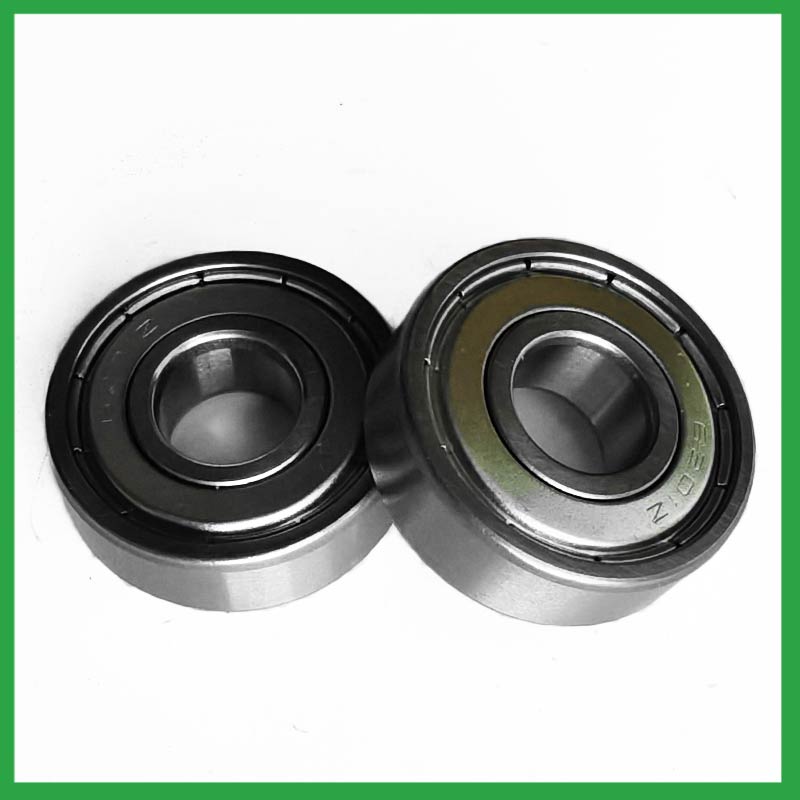
5.What are the after-sales services available for bushing ball bearing?
If you find problems or failures in the assembly or use of the bearings , which needs to consult and other services, please feedback to Nide International in time.
6.Are there self-aligning bushing ball bearing that accommodate misalignment and shaft deflection in rotating equipment?
These bushing ball bearing are particularly suitable for applications where misalignment can arise from errors in mounting or shaft deflection. A variety of designs are available with cylindrical and taper bores, with seals and adapter sleeves and extended inner rings.
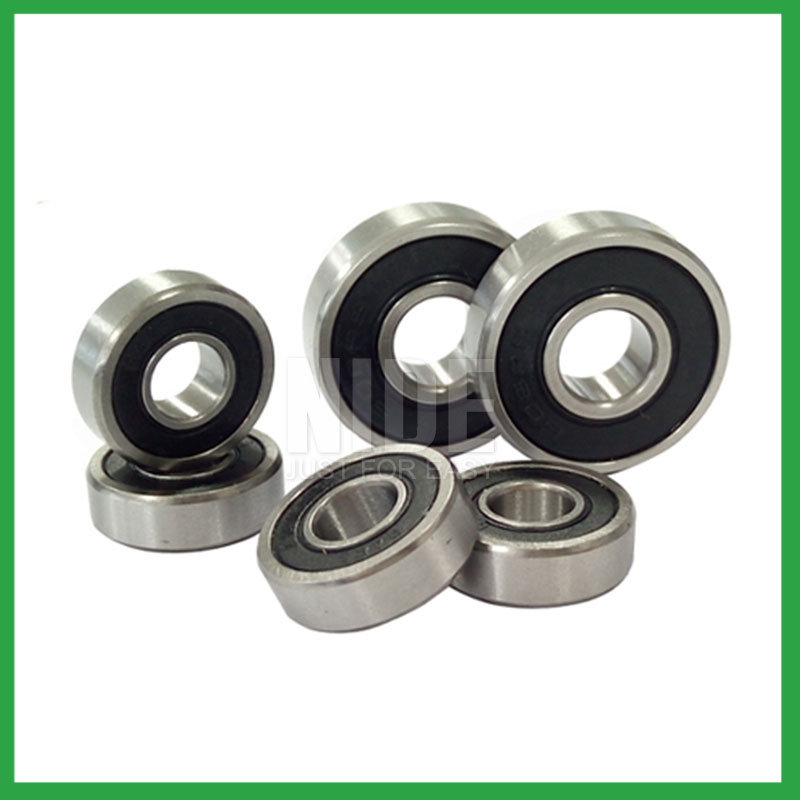
7.How do preload adjustments in bushing ball bearing affect their performance and suitability for high-precision tasks?
Benefits of Preloading a Bearing
Optimizes the ball spin to roll ratio.
Increases the rigidity of an application.
Protects from excessive ball skidding.
Decreases application vibration and sliding friction.
High running accuracy (even if load conditions keep changing)
Increases bearing load capacity.
8.How do bushing ball bearing contribute to the overall efficiency and energy savings in industrial machinery and transportation systems?
The balls roll along the raceway, allowing for smooth rotation of the machinery or equipment. Ball bearings are used to support rotating, reduce friction and support radial and axial loads in high-load, high-speed applications where reliability and efficiency are critical.
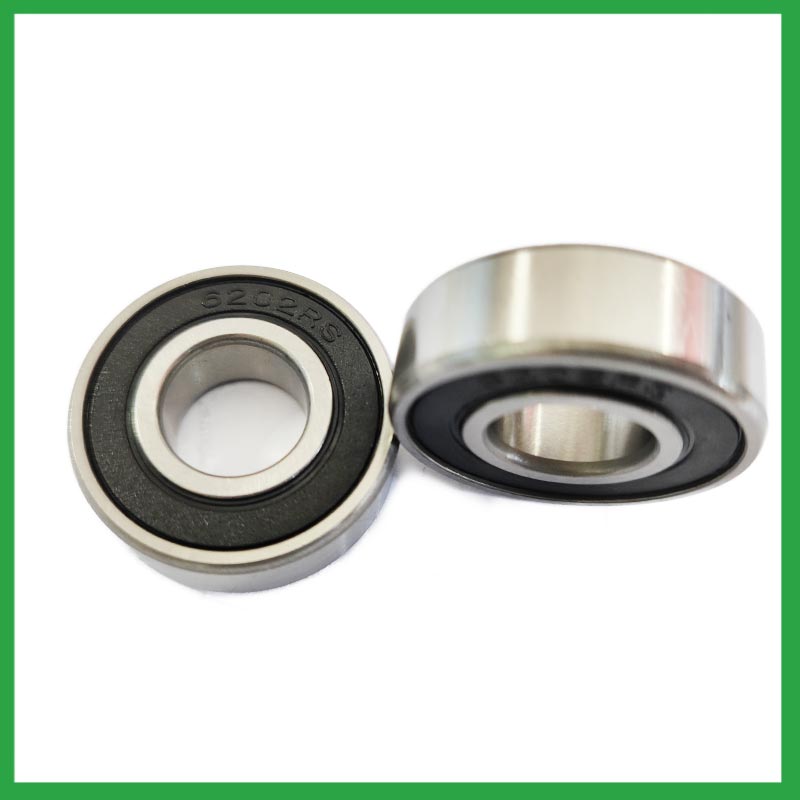
9.Are there ongoing research and development efforts aimed at improving bushing ball bearing materials, designs, and lubrication techniques?
A custom bushing ball bearing can satisfy almost any customer’s needs. Your application may need a needle roller or ball bearing, a radial or angular contact design, a plain carbon steel bearing with anti-corrosion coatings or stainless steel, a thrust bearing or a spherical bearing, tight or loose radial play, sealed or non-sealed designs
10.About bushing ball bearing,Will you check the products before shipment?
Yes, We have a professional QC team. Products will be strictly inspection before shipment.
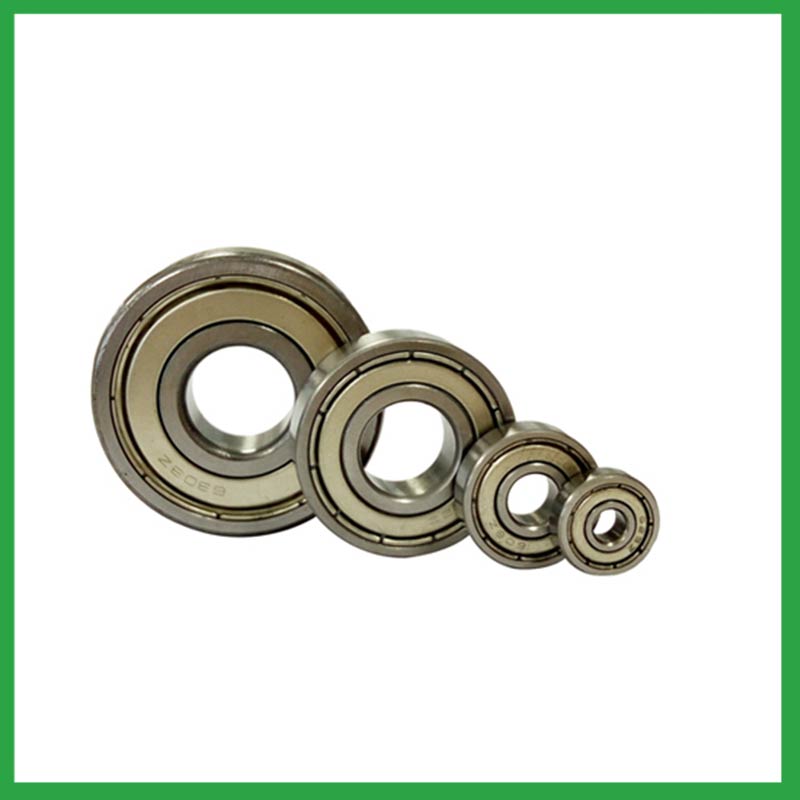
11.What is a ball bearing?
A ball bearing is a type of rolling-element bearing that uses balls to maintain the separation between the bearing races.
The purpose of a ball bearing is to reduce rotational friction and support radial and axial loads. It achieves this by using at least two races to contain the balls and transmit the loads through the balls. In most applications, one race is stationary and the other is attached to the rotating assembly (e.g., a hub or shaft). As one of the bearing races rotates it causes the balls to rotate as well. Because the balls are rolling they have a much lower coefficient of friction than if two flat surfaces were sliding against each other.
Ball bearings tend to have lower load capacity for their size than other kinds of rolling-element bearings due to the smaller contact area between the balls and races. However, they can tolerate some misalignment of the inner and outer races.
12.How do different bushing ball bearing designs, such as deep groove, angular contact, or thrust bearings, cater to specific applications?
Deep groove bushing ball bearing: Deep groove ball bearings are the most common type. They can handle both radial and axial loads. Angular contact ball bearings: Angular contact ball bearings have higher than average internal axial clearance. They can handle axial loads in one direction and moderate radial loads.
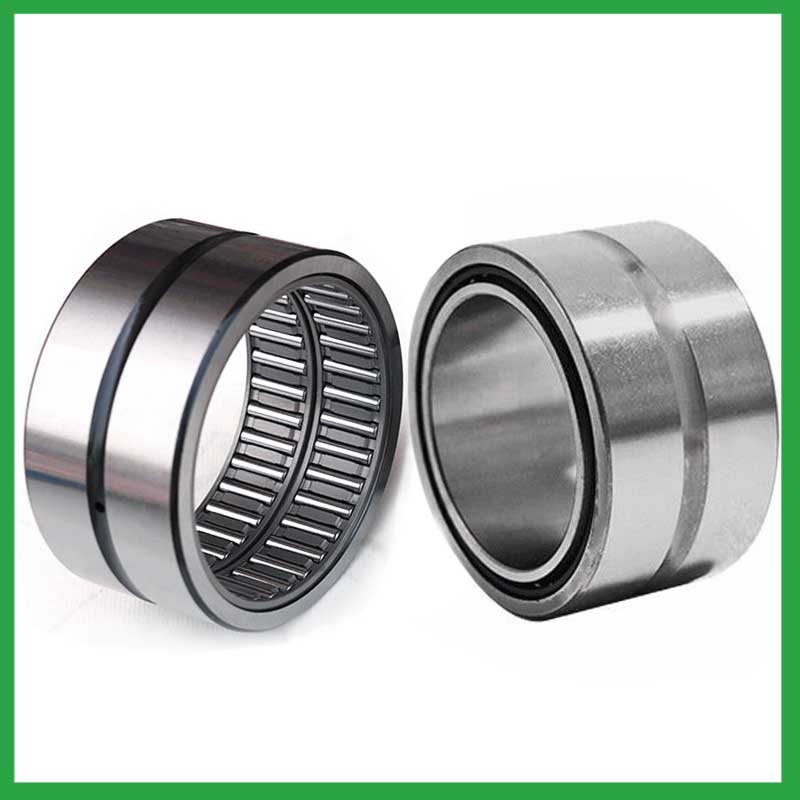
13.What is the typical noise level associated with bushing ball bearing, and how are noise-reduction techniques applied?
To measure in accurate way the bushing ball bearing noise under rotation during their manufacturing process is a key activity particularly in the production of medium, small and ultra-small deep groove ball bearings. This capability in bearings noise analysis has become the real distinguishing element between a standard bearings noise equipment and a superior class one.
The various types of vibration and sound in rolling bearings can be grouped in four main categories: structural, manufacturing, handling and other. The structural vibration consists mostly of race, click, squeal and cage noise: it can be continuous or intermittent depending on specific cases. The manufacturing vibration is instead related to the waviness noise generated by the geometrical imperfections of inner and outer ring and of rolling elements, being always continuous in nature. The so-called handling vibration is normally associated with flaw and contamination and is generating – in most of the cases – irregular noise. Then there are other types of vibrabition that include noise generated by sealing and lubricant (irregular) or by runout (continuous).

